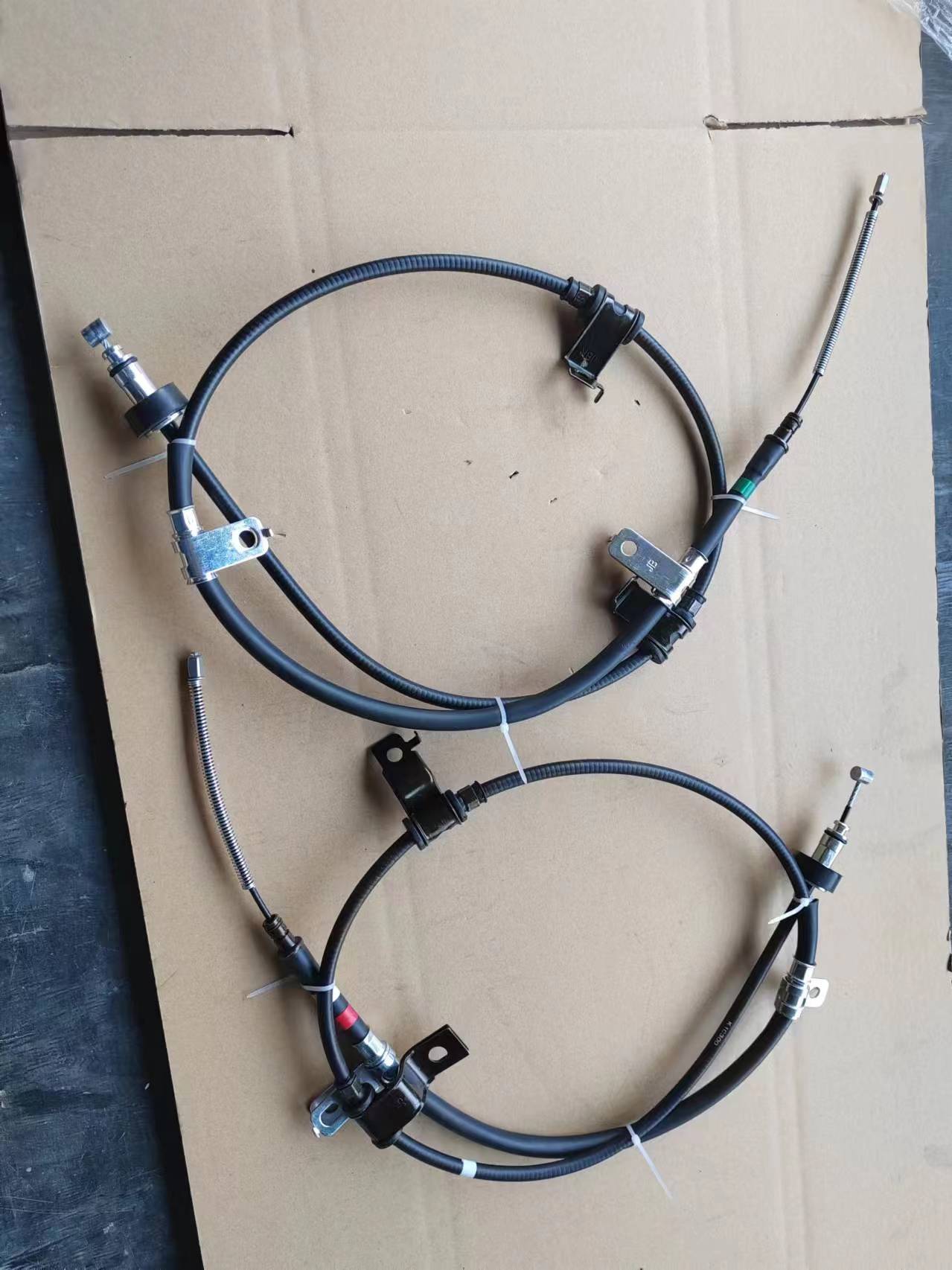Throttle Cable Wire Specifications and Installation Guide for Optimal Performance
Understanding Throttle Cable Wire Importance and Maintenance
Throttle cable wire is an essential component in the mechanical systems of many vehicles, particularly those relying on internal combustion engines. It serves as the connection between the accelerator pedal and the throttle body, enabling the driver to control the engine's power output by regulating air and fuel intake. Understanding the function, maintenance, and common issues associated with throttle cable wires can help vehicle owners ensure a smooth and efficient driving experience.
Function of Throttle Cable Wire
The primary role of the throttle cable wire is to transmit the movement of the accelerator pedal to the throttle body of an engine. When the driver presses the accelerator pedal, the cable stretches and pulls the throttle valve open, allowing more air and fuel to enter the engine. This action increases the engine's power, enabling the vehicle to accelerate. Conversely, releasing the pedal allows the cable to retract, closing the throttle and reducing power output.
Modern vehicles increasingly use electronic throttle control (ETC) systems, which replace traditional mechanical cables with sensors and motors. However, many older models still rely on throttle cables, making it crucial for drivers to understand their maintenance and potential issues.
Importance of Maintenance
Like any mechanical component, throttle cable wires can wear out over time. Exposure to contaminants, heat, and vibrations can lead to fraying, stretching, or kinking of the cable, which can affect its performance. Regular inspection and maintenance are key to ensuring optimal function.
1. Visual Inspection Periodically checking the throttle cable for any visible signs of wear or damage is essential. Look for frayed ends, corrosion, or any unusual bends. If you detect any issues, it’s best to replace the cable before it fails entirely.
2. Lubrication Keeping the throttle cable lubricated can help reduce friction and wear. A quality lubricant specifically designed for cables should be applied sparingly to ensure smooth operation.
throttle cable wire

3. Adjustment Some throttle cables have an adjustable tension mechanism. If the cable seems too loose or too tight, adjustments can be made for optimal performance. Always refer to the vehicle's manual for specific adjustment instructions.
4. Replacement If a throttle cable fails, it can lead to a complete loss of throttle control, resulting in dangerous driving conditions. Therefore, timely replacement of a damaged cable is crucial. Always use OEM (Original Equipment Manufacturer) parts if possible for better fit and performance.
Common Issues
Several issues can occur with throttle cable wires, affecting the vehicle's performance
- Sticking Throttle If the cable is not moving smoothly, it could stick, leading to unintended acceleration or difficulty accelerating. This often results from dirt or debris accumulated in the cable housing.
- Inconsistent Response A frayed or poorly adjusted cable may cause inconsistent throttle response, making it challenging for the driver to control speed effectively.
- Squeaking Sounds Unusual sounds, such as squeaking or grinding when pressing the accelerator, can indicate that the cable is worn or misaligned.
Conclusion
In conclusion, throttle cable wire is a crucial component that plays a vital role in the operation of many vehicles. Regular maintenance, including visual inspections, lubrication, and prompt replacement when necessary, can ensure that this cable functions correctly, contributing to safe and efficient driving. For vehicle owners, being attentive to the condition of the throttle cable wire not only enhances performance but also ensures a more pleasurable driving experience. Understanding this mechanical aspect can save drivers time and money while enhancing their vehicle’s reliability on the road.
-
Workings of Clutch Pipe and Hose SystemsNewsJun.04,2025
-
The Inner Workings of Hand Brake Cable SystemsNewsJun.04,2025
-
The Secrets of Throttle and Accelerator CablesNewsJun.04,2025
-
The Hidden Lifeline of Your Transmission Gear Shift CablesNewsJun.04,2025
-
Demystifying Gear Cables and Shift LinkagesNewsJun.04,2025
-
Decoding Clutch Line Systems A Comprehensive GuideNewsJun.04,2025
